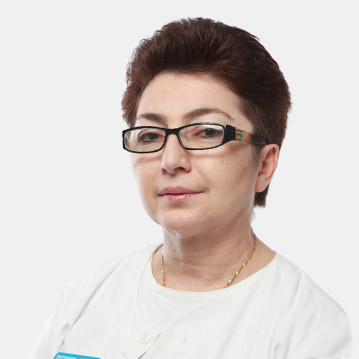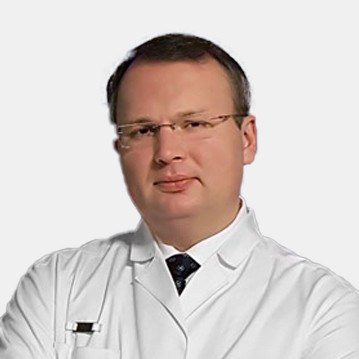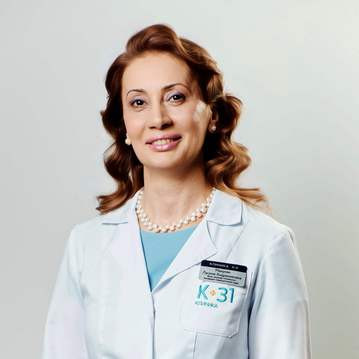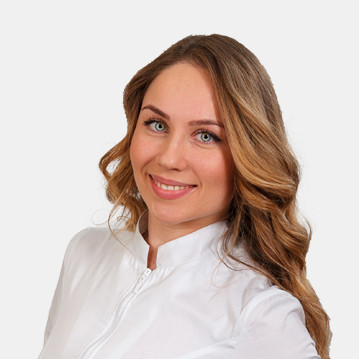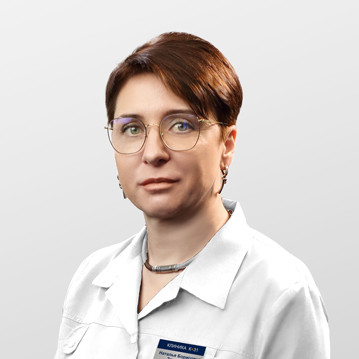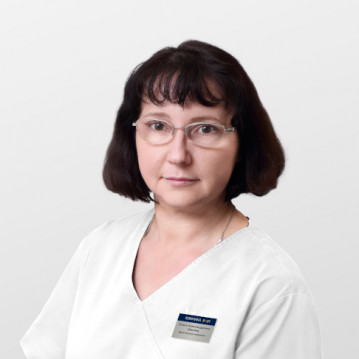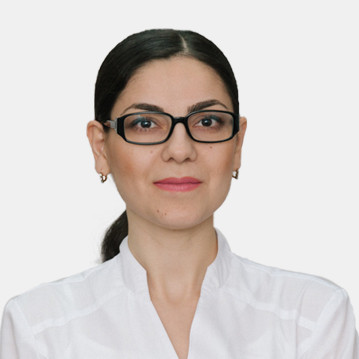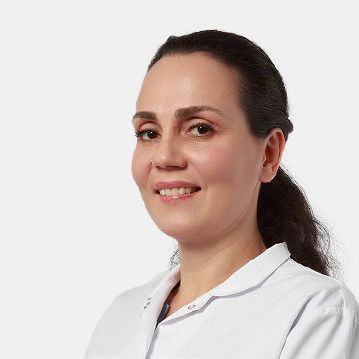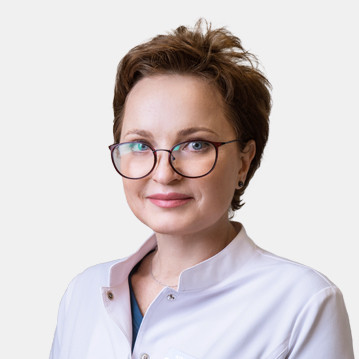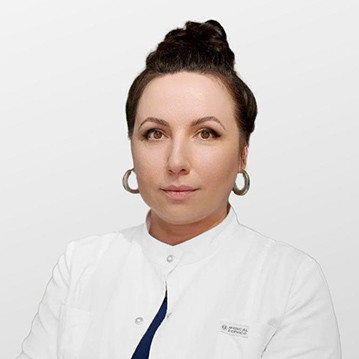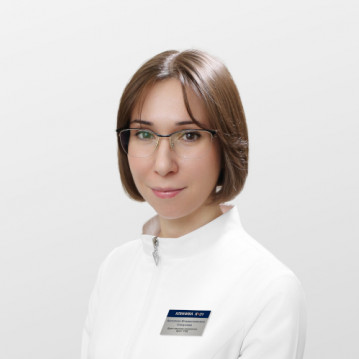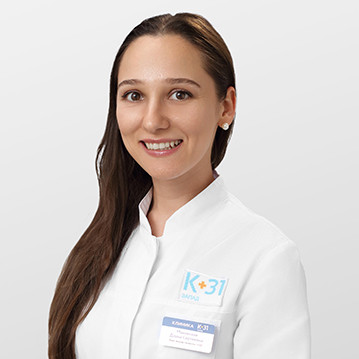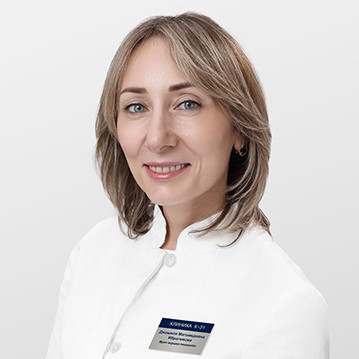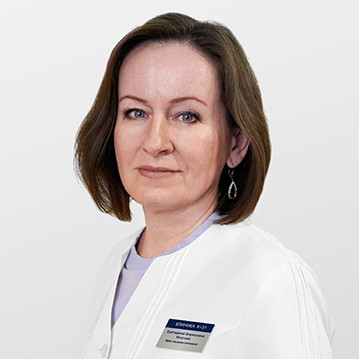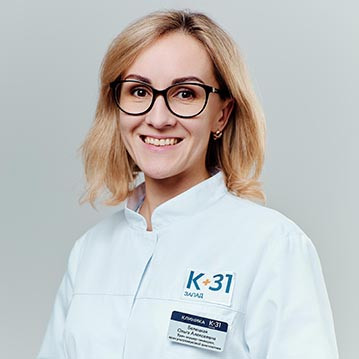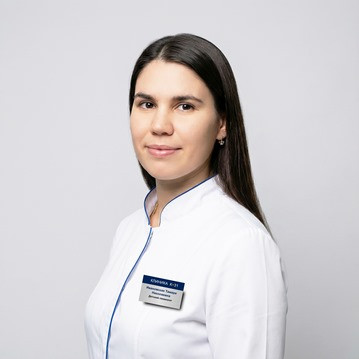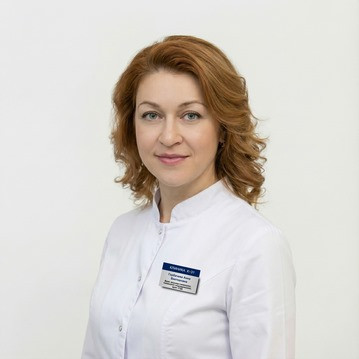Polyps of the cervical canal

specialists

equipment

treatment

Klinika K+31 Medical Center has its own operating room, where our doctors perform gynecological surgeries, including hysteroscopy and laparoscopy. Our operating room is equipped with a modern video endoscopic stand for laparo- and hysteroscopy, equipped with instruments from the German company Karl Storz. Such equipment has firmly established itself in clinics in Europe and the USA, which indicates its reliability. Our operating room has clean rooms with special laminar airflow filters. Such an air purification system, in addition to equipment, contributes to the high-quality implementation of surgical interventions in our clinic.
Hysteroscopy of the uterine polyp in the K+31 clinic is carried out after a thorough diagnosis and all necessary studies.
Polyps of the cervical canal (polyps of the cervix) are outgrowths, benign formations of the mucous membrane of the cervical canal formed from endocervix cells.
According to the structure, polyps are glandular (covered with a cylindrical epithelium), fibrous (formed from connective tissue with single glands)
and mixed - glandular-fibrous.
Polyps of the cervical canal have the appearance of bright red or pink formations of an oblong or rounded shape on a stalk, emanating from the external os of the cervix. Quite often, cervical polyps are confused with endometrial polyps, as it sometimes happens that polyps grow from the uterine cavity and enter the cervical canal.
The following types of neoplasms are distinguished:
- Fibrous polyp - such neoplasms occur in women during menopause
- Glandular - considered harmless because it never degenerates into cancer
- Glandular fibrous
- Adenomatous - refers to precancerous pathologies
- Decidual - formed only during pregnancy
- Granulation - develops against the background of trauma to the cervix. such a neoplasm, at the slightest damage, becomes inflamed and causes bleeding
Among the causes of the formation of polyps of the cervical canal, inflammatory diseases, erosion of the cervix, injuries due to surgical interventions and other mechanical processes are distinguished.
With polyps of the cervical canal, patients often have no complaints. However, sometimes they notice such symptoms of pathology as mucous or bloody discharge during sexual contact or after intercourse. Complications are rare, most often it is iron deficiency anemia (developed due to heavy menstruation), infertility (if the tumor blocks the cervical canal).
Diagnosis and treatment of cervical canal polyps (cervical polyps) in women in the medical center "Clinic K+31".
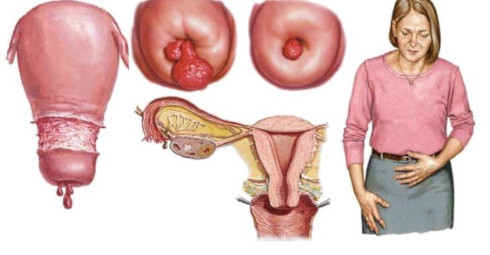

Appointment to the doctor
Examination and history taking are the first steps in the process of examining a patient with suspected cervical polyps.
Important informative diagnostic studies are colposcopy (examination of the cervix under magnification) with treatment with a solution of acetic acid and Lugol's solution and ultrasound of the pelvic organs. It is on ultrasound that the doctor determines the nature of the polyp. If the tumor grows from the cervical canal, then it is possible to remove the polyp on an outpatient basis, without the use of general anesthesia. If the polyp grows from the uterine cavity (endometrial polyp), the patient is shown surgical treatment in a hospital, including hysteroscopy and separate diagnostic curettage.
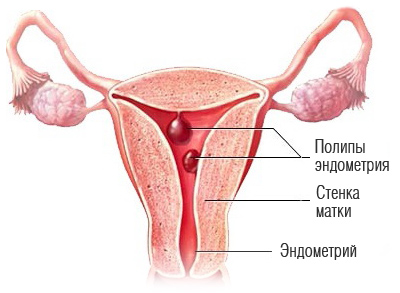
With polyps of the cervical canal, the patient must be tested: a smear for a cytological examination from the cervix and cervical canal, smears on the flora, tank. sowing to exclude concomitant infectious process.
Regardless of the age of the patient, a polypectomy is required after the diagnosis is made. Before removing the polyp of the cervical canal, the sanitation of the vagina is mandatory. And in the postoperative period, the doctor may prescribe anti-inflammatory therapy to reduce the risk of infectious complications. In our clinic specialists perform outpatient polypectomy using laser or radio wave techniques, as well as scraping of the mucous membrane of the cervical canal. The procedure is performed under local or infiltration anesthesia. with lidocaine. Immediately after the completion of the manipulation, the patient can leave the clinic.
In order to exclude atypical changes and determine the structure of the polyp, the biomaterial obtained as a result of the removal of the polyp, our specialists send for histological examination.
A contraindication to the removal of polyps is the presence of certain chronic diseases. These are, for example, diabetes mellitus, hemophilia, renal failure, cirrhosis of the liver.
The postoperative period with hysteroscopy of the polyp, as a rule, passes without complications. Within 2-3 days, bloody discharge from the vagina is observed. In order not to provoke infection, inflammation, during this period it is not recommended to have sex, take a bath, swim in ponds, play sports.
After 30 days after the polypectomy, the patient is recommended a follow-up examination, at which the results of the histological examination are discussed.
Price
Make an appointment at a convenient time on the nearest date
Our doctors

This award is given to clinics with the highest ratings according to user ratings, a large number of requests from this site, and in the absence of critical violations.

This award is given to clinics with the highest ratings according to user ratings. It means that the place is known, loved, and definitely worth visiting.

The ProDoctors portal collected 500 thousand reviews, compiled a rating of doctors based on them and awarded the best. We are proud that our doctors are among those awarded.
